Space
Sign up for our newsletter
We summarize the week's scientific breakthroughs every Thursday.
-
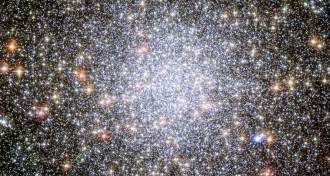 Astronomy
AstronomyMiddling black hole may be hiding in star cluster
A black hole with about 2,200 times the mass of the sun has been detected. If confirmed, it could represent a new type of gas-starved black holes and hint at how supermassive ones may form.
-
 Astronomy
AstronomySupernova story continues, just like science journalism
Acting Editor in Chief Elizabeth Quill discusses science's enduring legacy and that of Science News.
-
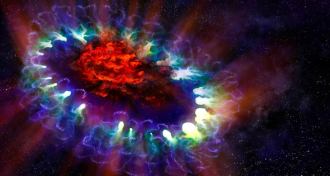 Astronomy
AstronomyObservers caught these stars going supernova
Thirty years ago, astronomers witnessed a nearby stellar explosion, but it wasn’t the first. Humanity has been recording local supernovas for nearly two millennia.
-
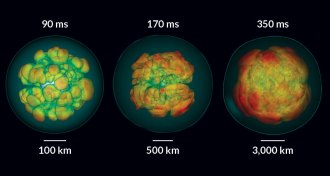 Astronomy
AstronomyWhen a nearby star goes supernova, scientists will be ready
Scientists hope to detect neutrinos and gravitational waves from a nearby supernova.
-
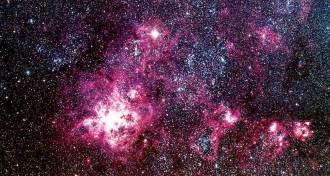 Astronomy
Astronomy30 years later, supernova 1987A is still sharing secrets
The 1987 explosion of a star near the Milky Way 30 years ago set off years of fascinating findings.
-
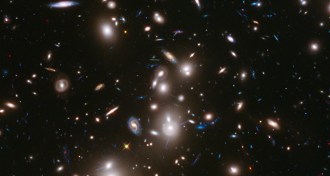 Astronomy
AstronomyFaint, distant galaxies may have driven early universe makeover
Gravitational lensing has revealed extremely faint galaxies in the early universe, suggesting these tiny galaxies were responsible for cosmic reionization.
-
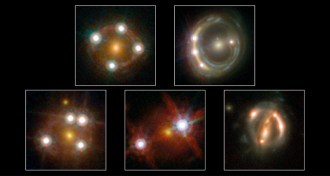 Cosmology
CosmologyNew data fuel debate on universe’s expansion rate
Quasar observations add to discrepancy in measurements of the universe’s expansion speed.
-
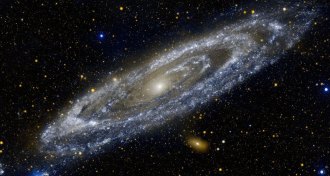 Astronomy
AstronomyIn 20th century, astronomers opened their minds to gazillions of galaxies
Telescopes in the U.S. West opened astronomers’ eyes to a vast, expanding universe containing countless galaxies.
-
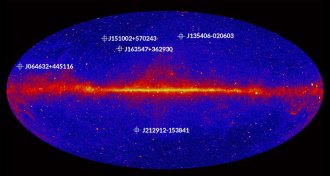 Astronomy
AstronomyFive gamma-ray blazars set new distance record
Intensely bright galaxies are the farthest blazars ever detected in gamma rays.
-
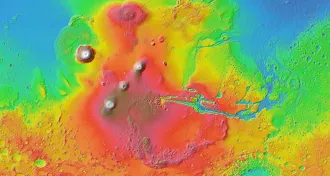 Planetary Science
Planetary ScienceRed Planet’s interior may not churn much
The magma fueling a Martian volcanic system remained largely unchanged for billions of years, analysis of a newfound meteorite suggests.
-
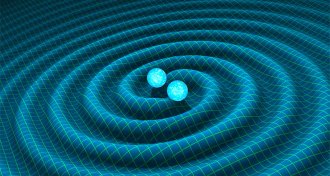 Astronomy
AstronomySpin may reveal black hole history
High rate of spin could indicate that black holes formed from previous mergers of black holes.
-
 Planetary Science
Planetary ScienceOxygen atoms from Earth bombard the moon
Oxygen atoms originating from the upper atmosphere periodically bombard the moon’s surface, researchers propose.